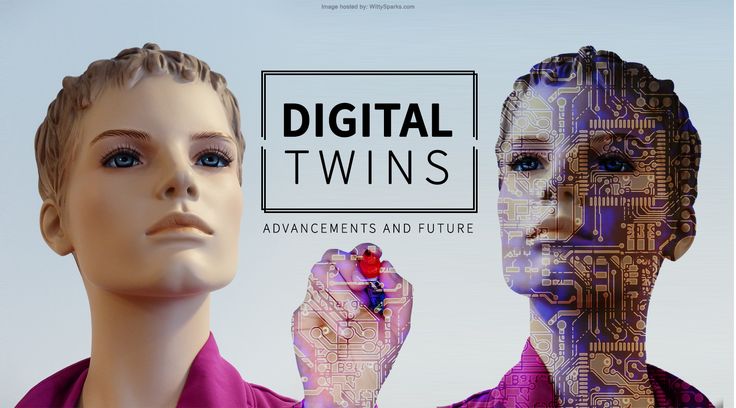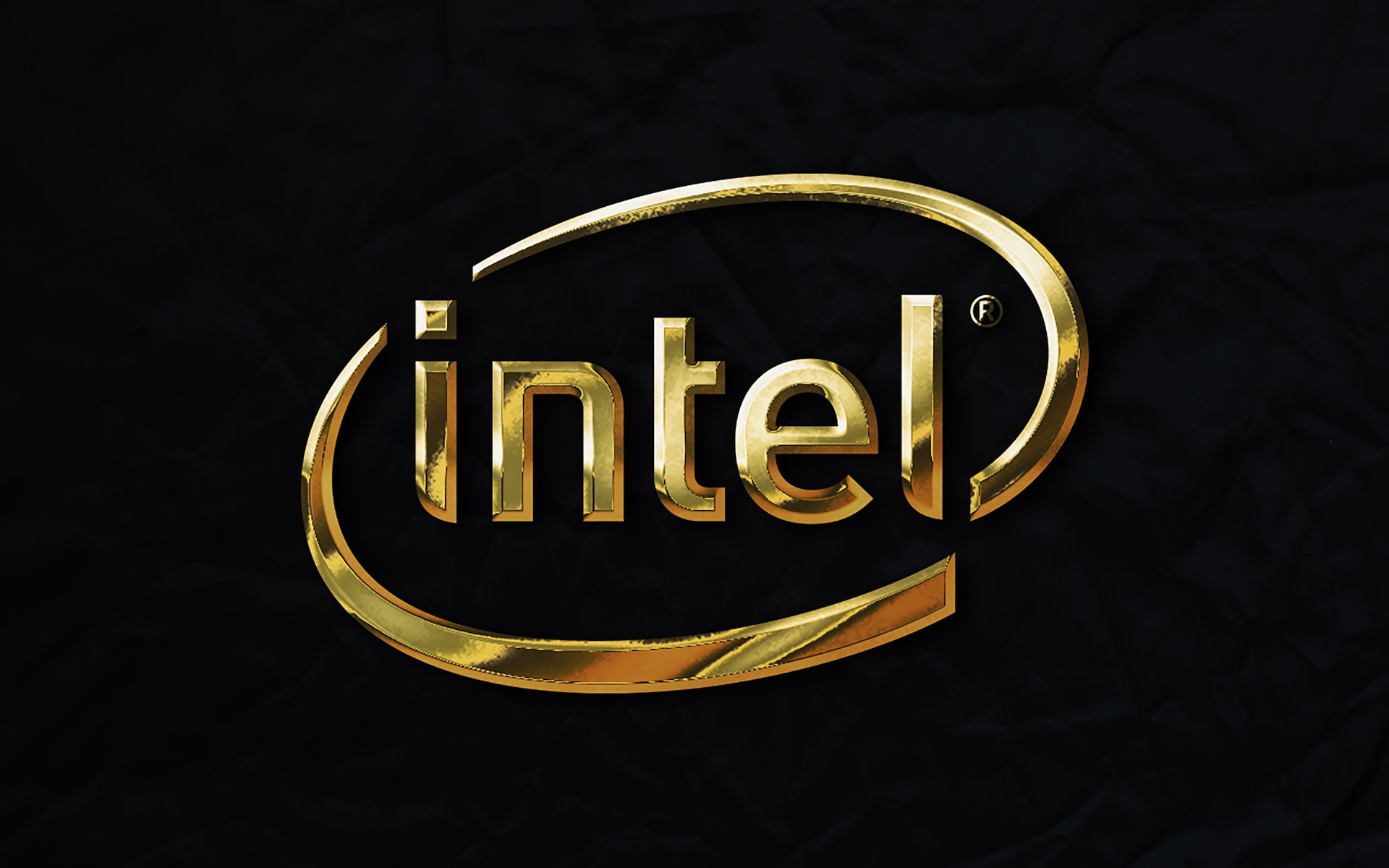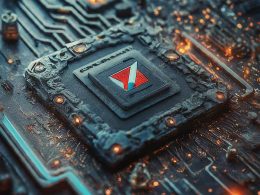What is a Digital Twin?
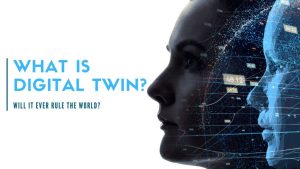
Digital twin technology is revolutionizing how we understand and manage physical objects and systems. A digital twin is a virtual representation of an object or system designed to accurately reflect its physical counterpart. Spanning the lifecycle of the object, it is constantly updated real-time data and utilizes simulation, machine learning, and reasoning to aid in decision-making processes.
How Does a Digital Twin Technology Work?
The core functionality of a digital twin lies in its ability to mirror a physical object through sensor data. For example, consider a wind turbine equipped with various sensors that monitor critical performance metrics such as energy output, temperature, and weather conditions. This sensor data is transmitted to a processing system, which then updates and operates on the digital twin model.
Once the digital model receives pertinent data, it can be used for simulations, performance analysis, and potential enhancements. The ultimate goal is to derive valuable insights that can be applied to improve the physical object.
Digital Twin Technology Versus Simulations
While both digital twins and simulations employ digital models to replicate a system’s processes, they are fundamentally different in scope and capability. A simulation typically examines a single process, whereas a digital twin can conduct multiple simulations to study various processes simultaneously.
Additionally, simulations generally do not use real-time data, whereas digital twins rely on a continuous two-way flow of information. Sensors on the physical object provide data to the digital model, and the insights generated by the model can be sent back to the physical object for implementation.
The integration of real-time data and enhanced computational power allows digital twins to address more issues from multiple vantage points compared to standard simulations, thereby offering greater potential for product and process improvements.
Types of Digital Twins
Digital twins can be categorized based on their level of magnification and application area. Different types of digital twins may co-exist within a system or process. Let’s explore these categories:
Component Twins or Parts Twins
Component twins are the fundamental units of a digital twin, representing the smallest functioning components. Parts twins are similar but refer to constituents of lesser significance.
Asset Twins
When two or more components operate together, they form an asset. Asset twins study the interaction between these components, generating a wealth of performance data for actionable insights.
System or Unit Twins
At a higher magnification level, system or unit twins illustrate how different assets integrate to form a cohesive functioning system. They provide visibility into asset interactions and may suggest performance improvements.
Process Twins
Process twins examine the macro-level operations, showing how various systems collaborate to form an entire production facility. They can help identify perfect timing schemes to ensure optimal operational efficiency.
History of Digital Twin Technology

The concept of digital twins was first introduced in 1991 with David Gelernter’s publication “Mirror Worlds.” However, Dr. Michael Grieves, during his tenure at the University of Michigan in 2002, applied the concept specifically to manufacturing and formally introduced digital twin software. NASA’s John Vickers popularized the term “digital twin” in 2010.
NASA had been utilizing digital twin technology as early as the 1960s for its space exploration missions. Each spacecraft had an identical earthbound counterpart used for studies and simulations, showcasing the practical applications of digital twins in early space missions.
Advantages and Benefits of Digital Twins
Better Research and Development (R&D)
Digital twins facilitate more effective research and development by generating comprehensive data on likely performance outcomes. These insights can help companies refine their products before commencing production.
Greater Efficiency
Digital twins continuously mirror and monitor production systems, aiming to achieve and sustain peak efficiency throughout the manufacturing process.
Product End-of-Life Management
Digital twins can also assist manufacturers in determining the final processing for products at the end of their lifecycle, such as through recycling, by identifying which materials can be harvested.
Digital Twin Technology with Market and Industries
While digital twins offer numerous benefits, they are not necessary for every manufacturer or product. Some objects might not be complex enough to require the regular influx of sensor data, and the financial investment may not justify the benefits for simpler products.
Projects Benefiting from Digital Twins:
- Physically Large Projects: Such as buildings, bridges, and complex structures needing rigorous engineering compliance.
- Mechanically Complex Projects: Including jet turbines, automobiles, and aircraft, where efficiency improvements in intricate machinery are vital.
- Power Equipment: Encompassing both power generation and transmission mechanisms.
- Manufacturing Projects: Digital twins excel in optimizing process efficiency in industrial environments.
Industries Leading in Digital Twin Adoption:
Engineering and Systems
In the engineering and systems sector, digital twins are used to create detailed virtual models of complex systems. These models simulate real-world behaviors and interactions of various components and subsystems. This is particularly useful in large infrastructure projects and integrated systems design, where even minor flaws can have significant impacts. By using digital twins, engineers can predict potential issues, optimize performance, and ensure that systems work harmoniously before they are built or deployed.
Automobile Manufacturing
In automobile manufacturing, digital twins are essential for vehicle design, development, and maintenance. Automakers use digital twins to create virtual replicas of cars, including engine systems, chassis, and electronic components. This allows for extensive testing and optimization without the high costs of physical prototypes. Digital twins help in improving vehicle performance, safety, and efficiency. Additionally, during the manufacturing phase, digital twins monitor production workflows to ensure quality control and enhance assembly line efficiency.
Aircraft Production
Aircraft production is highly intricate, involving numerous complex systems that must perform reliably under extreme conditions. Digital twins allow aerospace engineers to simulate and analyze the performance of individual components and entire aircraft systems. By doing so, they can identify potential failure points, optimize aerodynamics, and enhance fuel efficiency. Digital twins also facilitate predictive maintenance, helping to foresee and address issues before they compromise safety or lead to costly downtimes.
Railcar Design
In the rail industry, digital twins of railcars and locomotives are used to improve design, safety, and performance. They enable engineers to test new materials, braking systems, and structural enhancements in a virtual environment. Digital twins also help in optimizing operational efficiency by simulating various scenarios, such as load distributions and route planning, ensuring that rail systems run smoothly and economically. They can also predict maintenance needs, reducing the likelihood of operational disruptions.
Building Construction
In building construction, digital twins offer invaluable insights at every stage, from design to operation. Architects and planners use digital twins to create virtual models of buildings, including HVAC systems, electrical networks, and plumbing. This aids in understanding how different elements interact and provides a platform for simulating various occupancy and environmental scenarios. During construction, digital twins help manage resources, timelines, and costs. Post-construction, they assist in the maintenance and operation of smart buildings by continuously monitoring and optimizing building systems.
Manufacturing
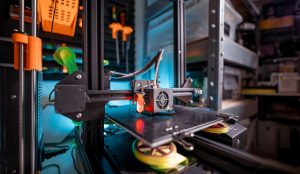
Manufacturing industries use digital twins to simulate and optimize production processes, machinery, and workflows. By creating digital counterparts of manufacturing systems, companies can run “what-if” scenarios to improve efficiency, reduce waste, and increase throughput. Digital twins aid in predictive maintenance by analyzing sensor data to detect early signs of equipment failure. This helps in planning maintenance activities without disrupting production schedules.
Power Utilities
In the power utilities sector, digital twins are applied to various equipment and infrastructures like power plants, grids, and renewable energy installations. They enable utilities to monitor and analyze performance, predict equipment failures, and optimize the distribution of electricity. For example, in wind farms, digital twins of turbines can help in understanding wear and tear and in scheduling timely maintenance. In grid management, they facilitate the balancing of supply and demand and enhance the integration of renewable energy sources.
Digital Twin Market: Poised for Growth
The digital twin market is expanding rapidly. By 2022, the global market was forecasted to reach USD 73.5 billion by 2027. With increased demand, digital twins are becoming integral across various sectors, from engineering to urban planning.
Applications of Digital Twins
Digital twins are already extensively used in several applications, including:
Power-Generation Equipment
Digital twins are especially beneficial for large engines, such as jet engines and power-generation turbines, helping establish regular maintenance schedules.
Structures and their Systems
Large buildings and offshore drilling platforms benefit from digital twins during the design phase. This technology is also effective in designing systems within these structures, such as HVAC systems.
Manufacturing Operations
Digital twins guide products through their lifecycle, from design to final production, enhancing every stage of manufacturing.
Healthcare Services
Similar to product profiling, patients can be monitored using sensor-generated data to track health indicators and generate insights.
Automotive Industry
Digital twins play a crucial role in auto design, improving vehicle performance and production efficiency.
Urban Planning
Civil engineers and urban planners use digital twins to display 3D and 4D spatial data in real-time, incorporating augmented reality for enhanced urban environments.
The Future of Digital Twin Technology
Digital twin technology is creating a paradigm shift in asset-intensive industries by integrating physical and digital asset views, facilities, and processes. With growing cognitive power, digital twins continuously acquire new skills and capabilities, offering limitless potential for improving products and making processes more efficient.
From improving manufacturing efficiency to assisting in urban planning, digital twins are set to remain a vital component in an ever-evolving technological landscape, delivering increasingly sophisticated insights for various applications.
Explore how digital twin technology can transform your operations and stay ahead in this digital reinvention era.
Conclusion
Digital twin technology is becoming an essential tool across diverse industries due to its ability to provide real-time insights, predictive analytics, and operational optimization. By creating virtual replicas of physical objects, systems, or processes, industries can drive innovation, enhance efficiency, and ensure higher quality and safety standards. These benefits make digital twins invaluable for complex, high-stakes environments like engineering, manufacturing, and utilities.






